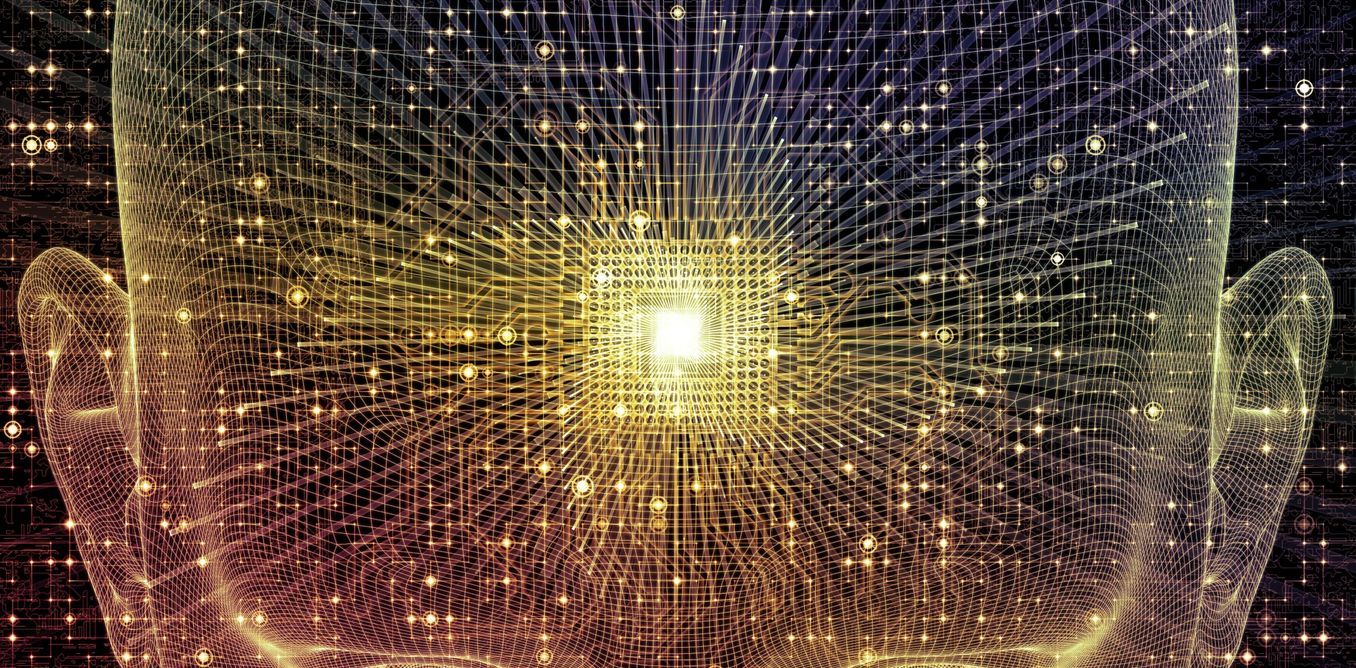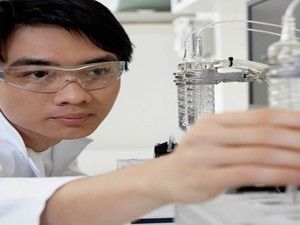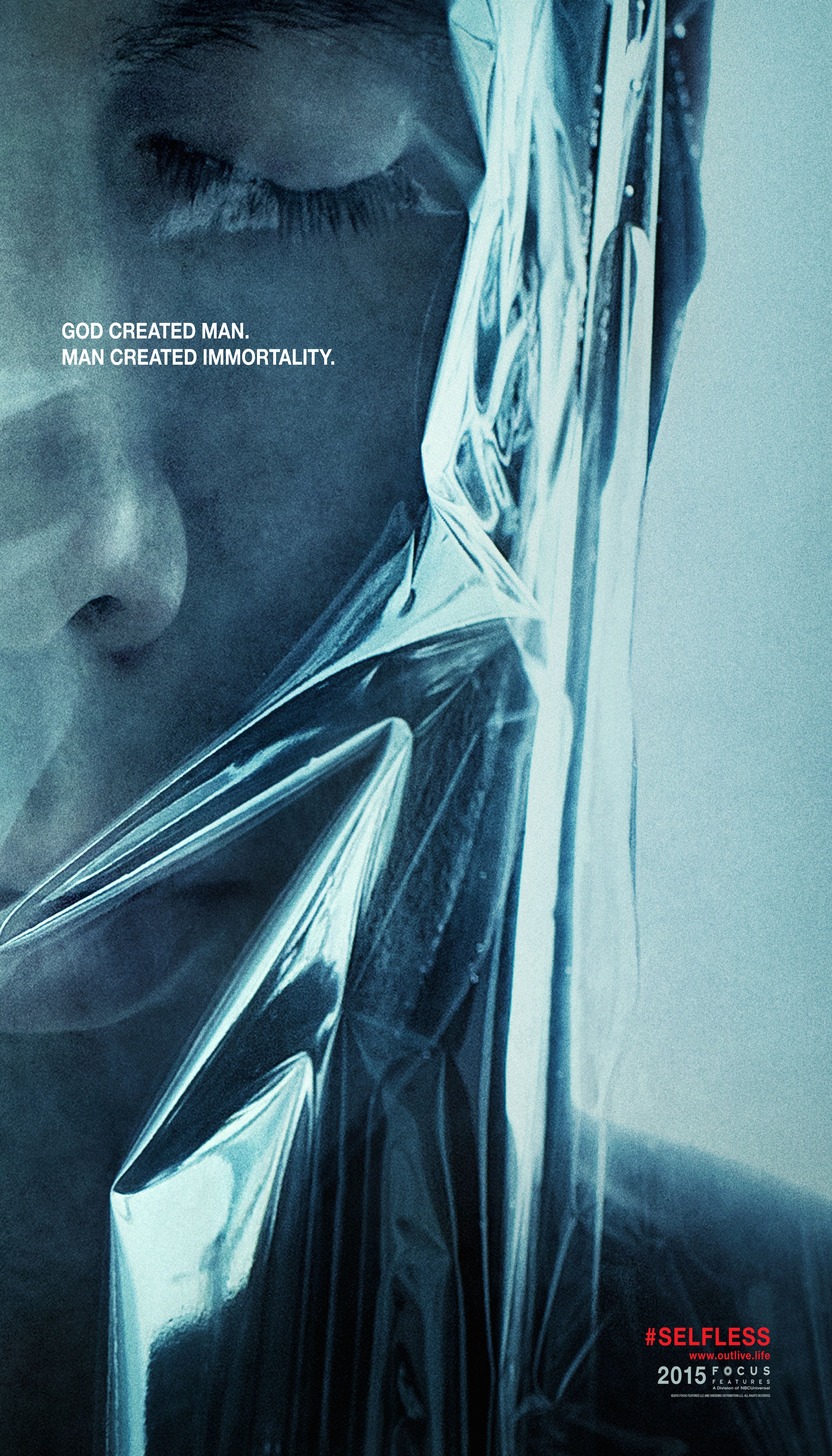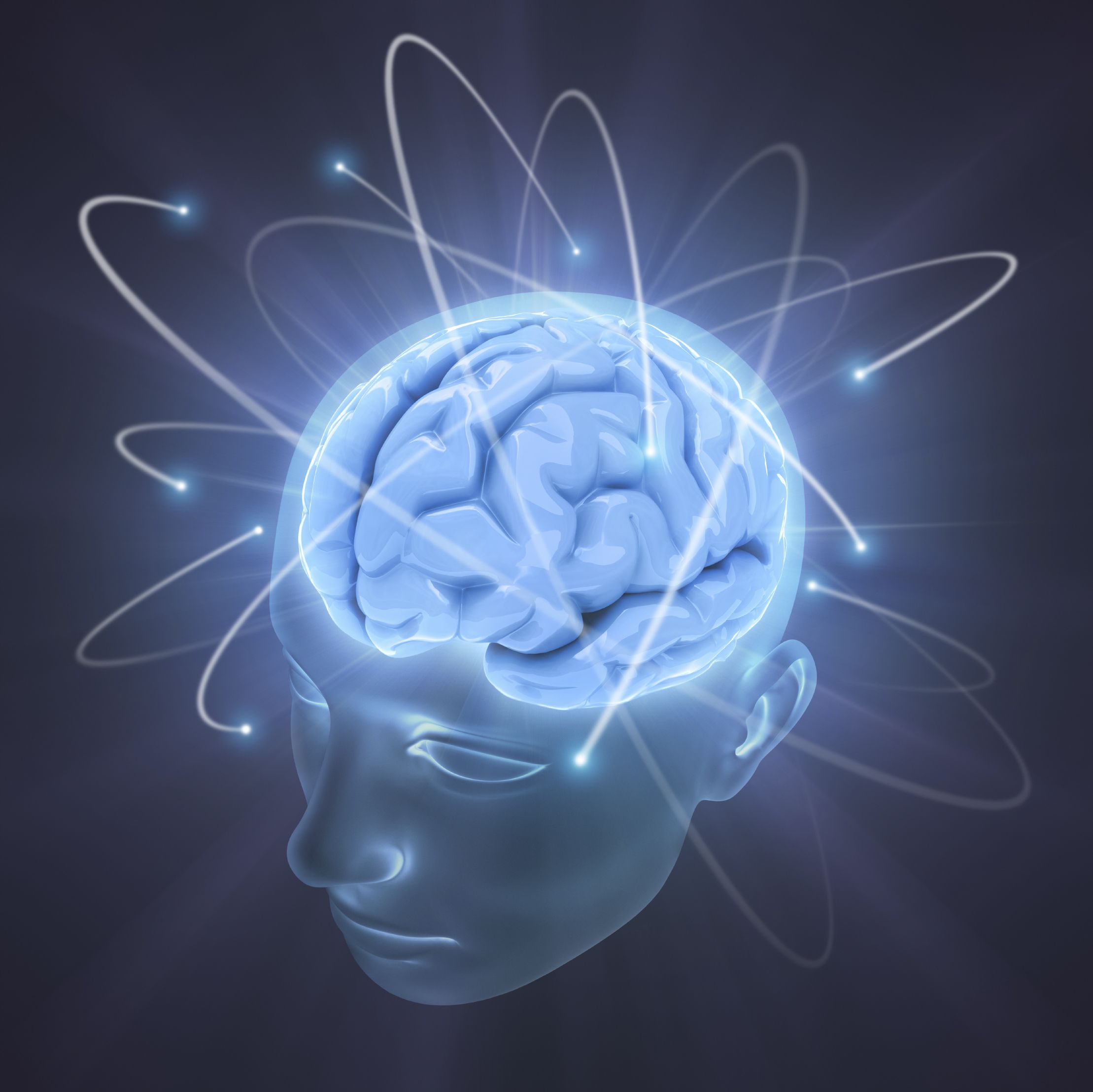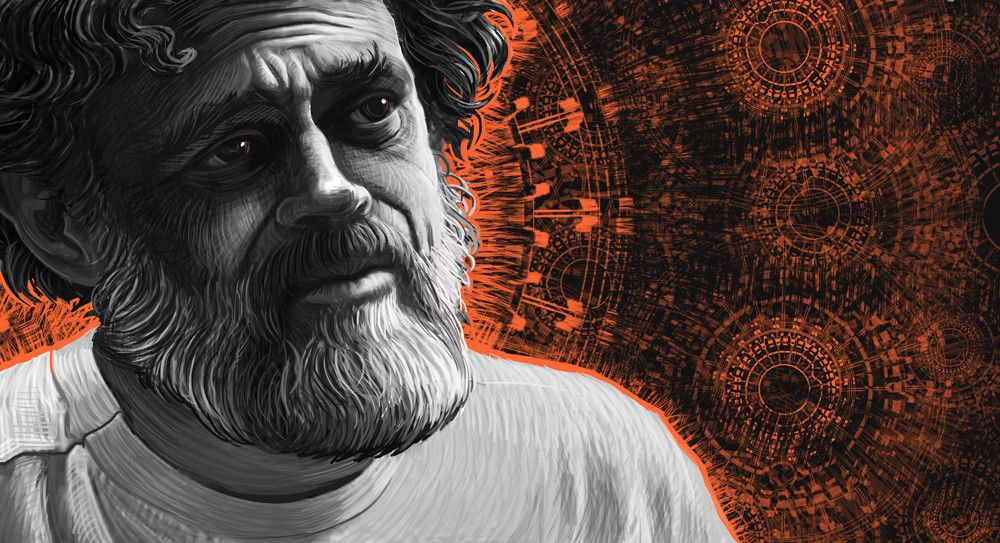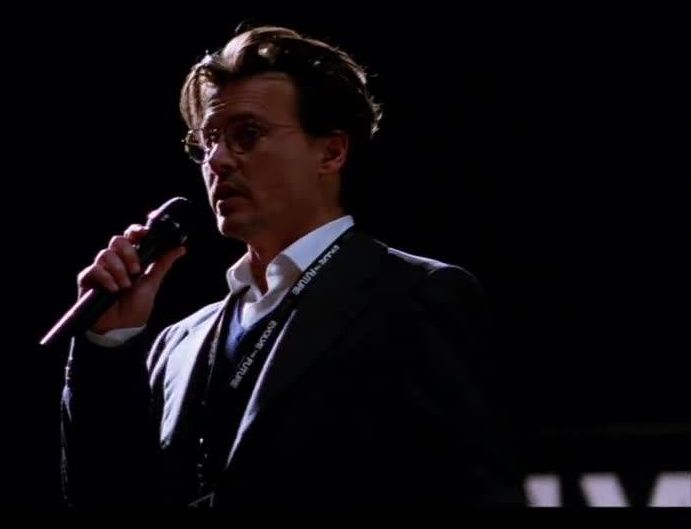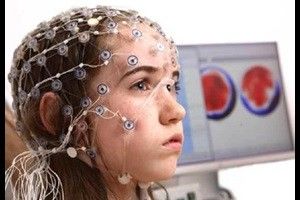Apr 13, 2016
Are Humans the New Supercomputer?
Posted by Karen Hurst in categories: information science, neuroscience, quantum physics, robotics/AI, supercomputing
Newswise — The saying of philosopher René Descartes of what makes humans unique is beginning to sound hollow. ‘I think — therefore soon I am obsolete’ seems more appropriate. When a computer routinely beats us at chess and we can barely navigate without the help of a GPS, have we outlived our place in the world? Not quite. Welcome to the front line of research in cognitive skills, quantum computers and gaming.
Today there is an on-going battle between man and machine. While genuine machine consciousness is still years into the future, we are beginning to see computers make choices that previously demanded a human’s input. Recently, the world held its breath as Google’s algorithm AlphaGo beat a professional player in the game Go—an achievement demonstrating the explosive speed of development in machine capabilities.
But we are not beaten yet — human skills are still superior in some areas. This is one of the conclusions of a recent study by Danish physicist Jacob Sherson, published in the prestigious science journal Nature.

